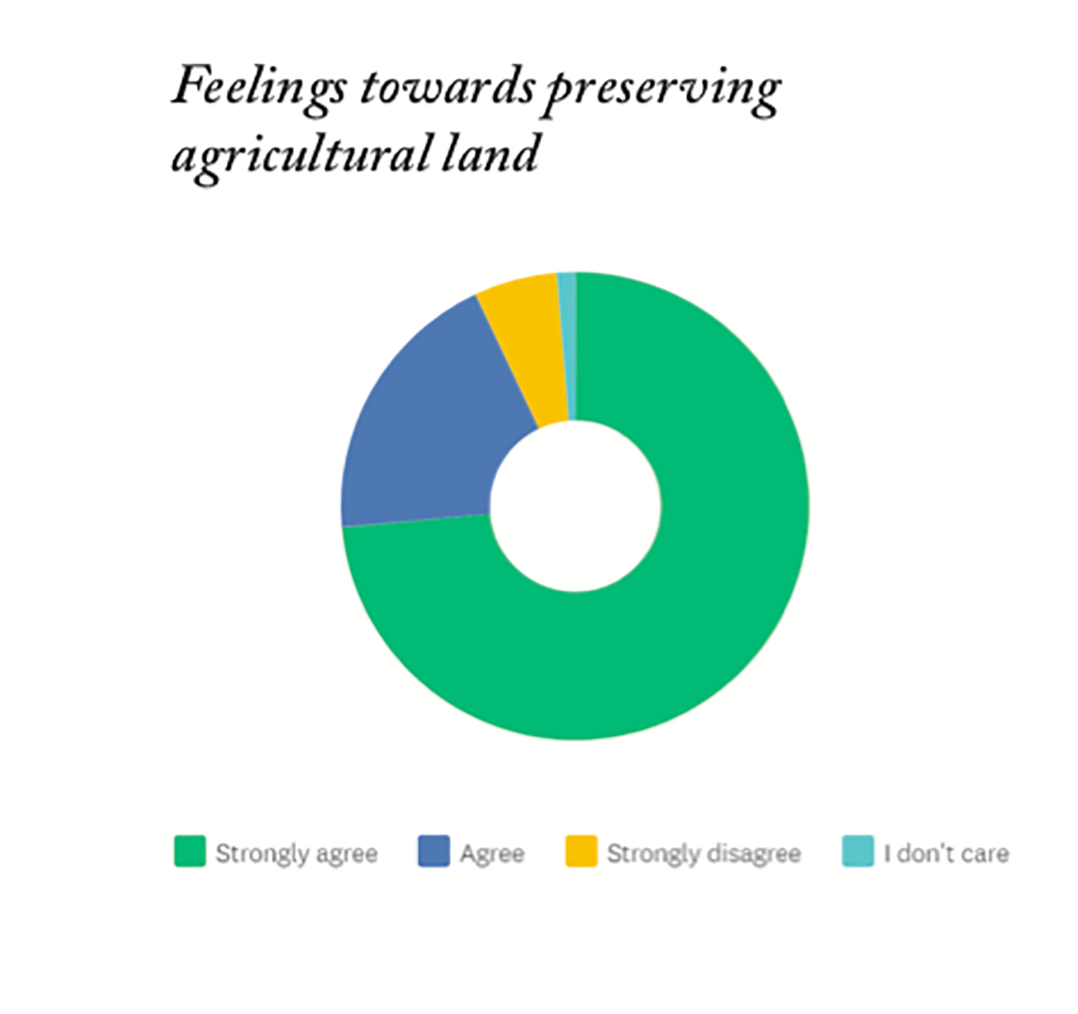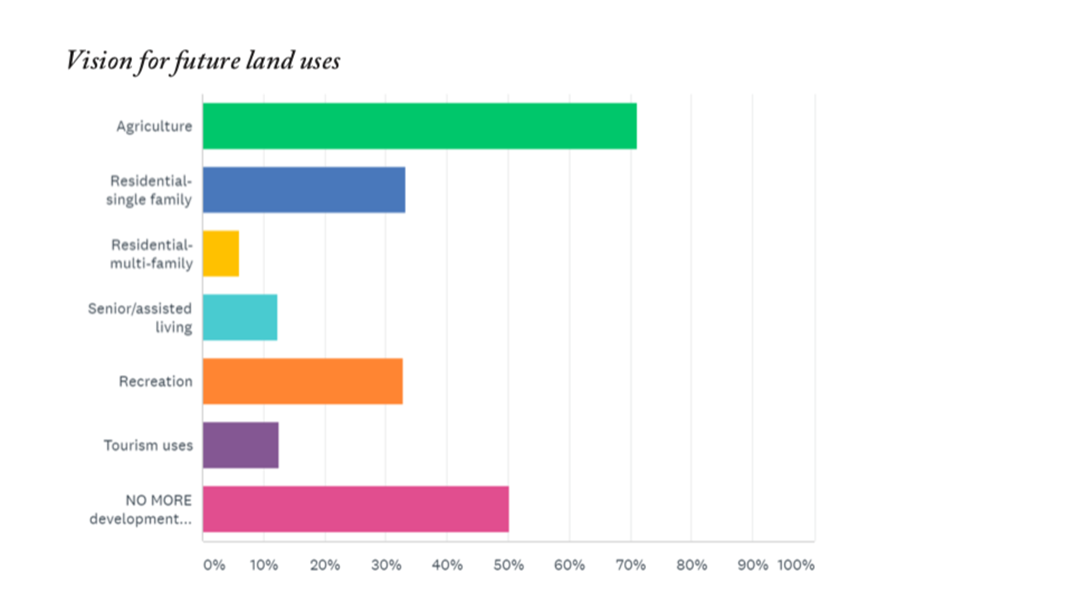County comprehensive plans are typically reviewed once every 10 years, so after 14 years without an update, Hamilton County was in need of a new plan. The document outlines a foundation for all land use, transportation and environmental policies for the rural townships of Wayne and White River and the northeast corner of Noblesville and Adams Township.
“Especially with the explosive growth we’ve had here in our county, we felt like it was important we update it, and we have had a lot of people move into our county since the last time it’s been updated,” Hamilton County Commissioner Mark Heirbrandt said. “We really needed to get a lot of public input with it.”
Although the public input session occurred during the COVID-19 pandemic, Carmel-based Innovative Planning CEO Corrie Meyer and her team conducted nine township meetings and seven council and plan commission meetings to gather input for the plan. On April 12, the Hamilton County Commissioners approved the Hamilton County Comprehensive Plan.
“We had tremendous public input on this,” Heirbrandt said. “Our last two plan commission meetings, not only were they opened up virtually to call in, but we had a packed house at the government and judicial center. There was a lot of public input, and we listened to the people.”
Meyer said one of the biggest hurdles was that although land outside of city limits makes up 50 percent of the acreage in the county, 95 percent of it is agricultural. One of the common requests from the public was to keep the agricultural feel of the county.

“You think about the top grossing and top growth, population-wise, of the state that Hamilton County is right there, and there was a strong desire to preserve that,” Meyer said. “We needed to research how other communities were doing and also listen to what the citizens were saying they wanted. Did they want to preserve agriculture or did they want to continue their family economy? Their main ask was, ‘We like the farming culture that is in Hamilton County, we like the access we have to the other communities. The other communities can continue to grow and provide amenities and shops and art, but let’s focus that growth within the city boundaries and continue to preserve the agriculture.’”
Although not a zoning change, the comprehensive plan lays out a series of action items for the plan commission to implement in the next 10 years, including recommended zoning changes.
“One of the things we recommended was to create a rural urban overlay zone in Wayne Township to strategically allow for growth to happen but not to sprawl,” Meyer said. “The rural urban overlay zone is a policy that establishes overlay zoning criteria that says density needs to be this and land use is flexible, but it needs to match this density and it needs to really limit the sprawl going into the rural areas. It’s a very focused geographic area.”
Another public request involved the 10-acre rule, whereby current zoning code states that all residential land use has to have a minimum of 10 acres.
“That really limits families that may want to deed 2 acres to their kids so they can continue to stay on the property and work the property,” Meyer said. “That’s not allowed unless you go through a variance process. We ended up making a recommendation that basically says that the plan commission needs to revisit the minimum lot size and revise the residential codes.”
Heirbrandt and Meyers said many citizens attended public meetings with concerns about the future of Olio Road.
In 2008, the future of Olio Road was outlined in a thoroughfare plan for the county.
“That thoroughfare plan outlined future study areas for road connections, so we incorporated that information into this comprehensive plan,” Meyer said. “That (information) is an existing document that the highway department is working from, and until that document is replaced, it still is a study area. So, that is all we were saying. It’s currently a study area for future road connection based on the existing plan.”
The plan highlighted a northern section of Olio Road where it passed through rural communities.
“People were really confused about what the comprehensive plan was recommending,” Meyer said. “We weren’t recommending anything associated with Olio Road. There’s another plan out there that talks about this.”
To view the plan, visit hamiltoncounty.in.gov/DocumentCenter/View/15781/Comp-Plan-FINAL_March-03032021.

New comprehensive plan recommendations
- Endorsing the agrarian culture and quality of life
- Balancing current land uses and growth in a sustainable manner
- Protecting floodplains and natural resources
- Strategically encouraging economic development in business and agriculture
- Managing population growth by increasing clusters of population density



